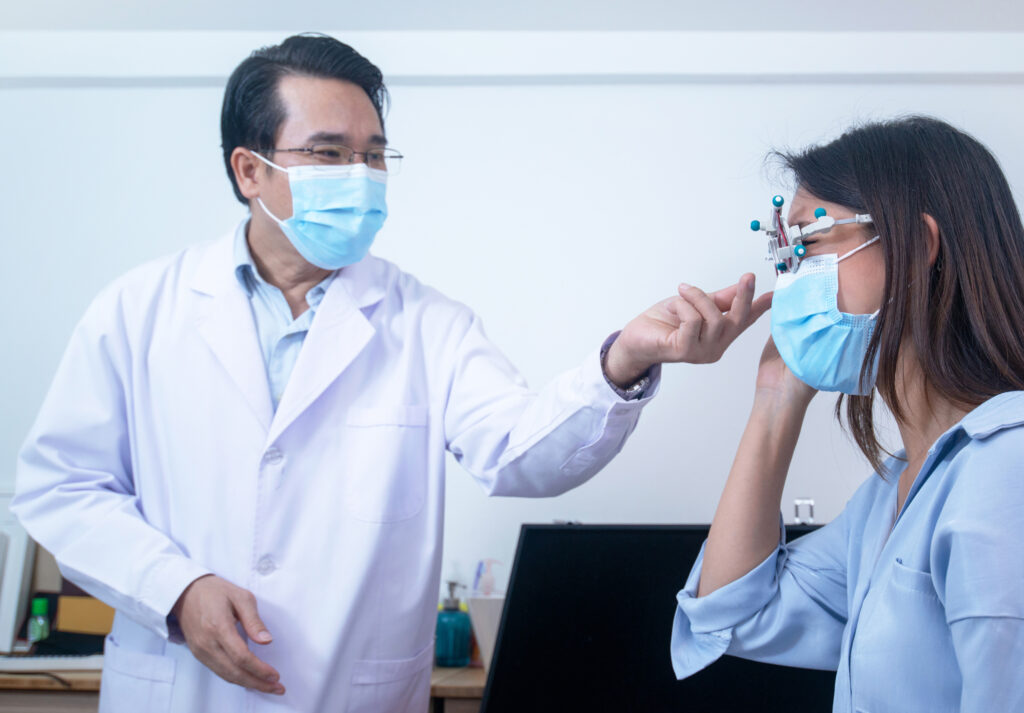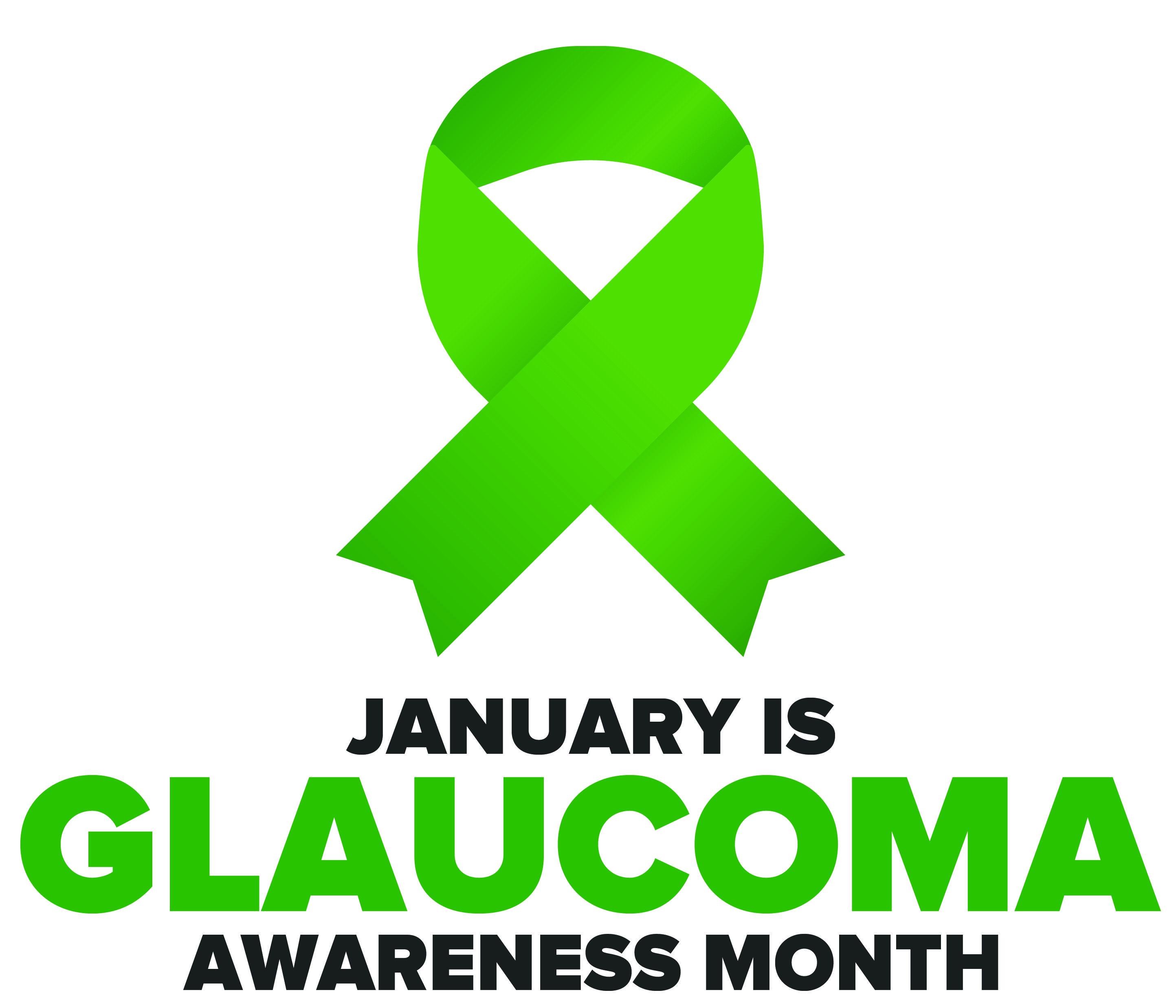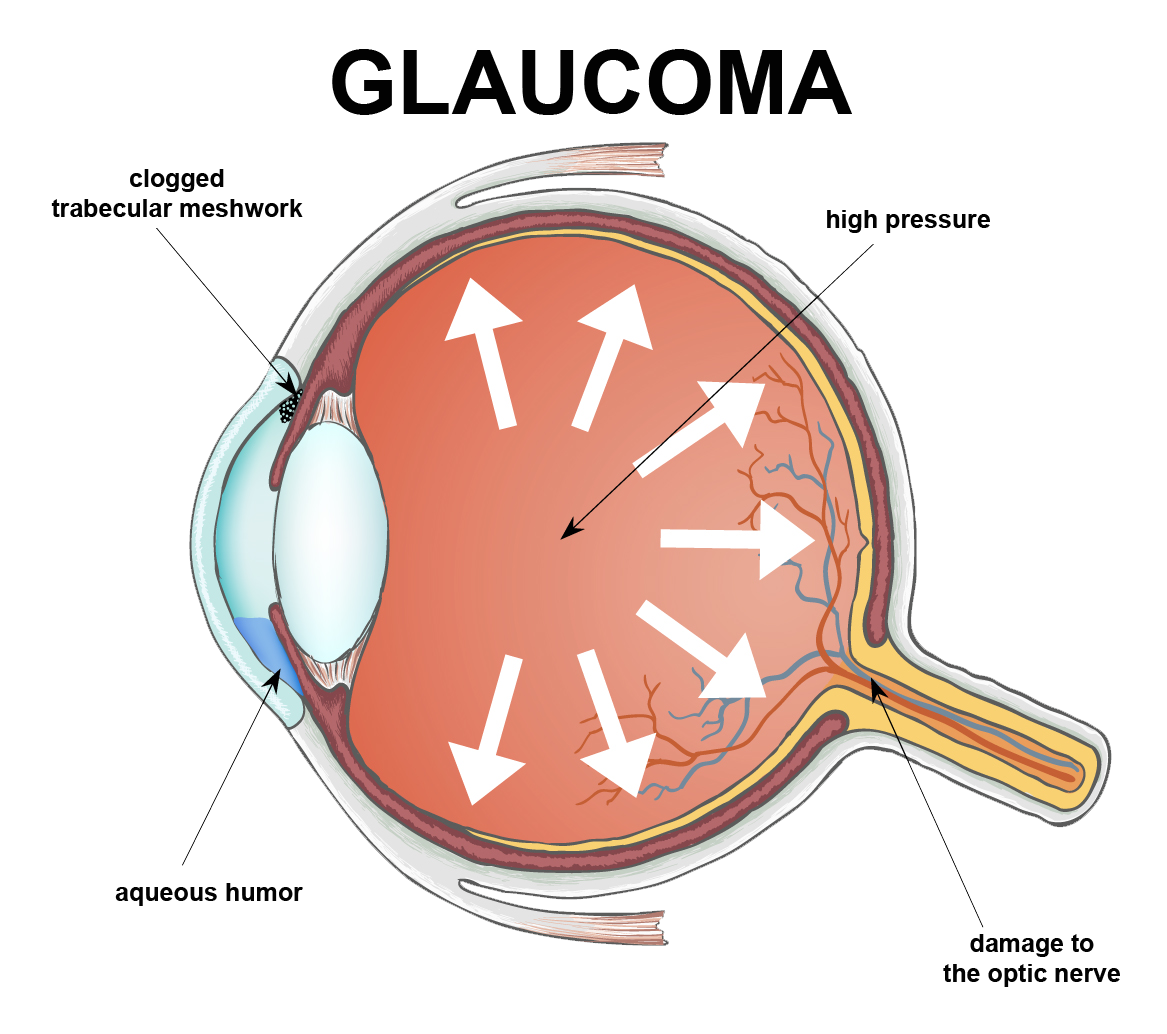
Most of us are familiar with Currier & Ives Christmas prints. They depict scenes of togetherness, of family love shared in a holiday spirit full of Christmas giving and seasonal joy. They suggest a pastoral world in which the angels of our best nature come forward and bring us together around a tree decorated with open hands and open hearts.
Because this writer is blind, I often have wondered what it’s like to see the glow on a child’s face on Christmas morning as they open gifts selected especially for them and brought with Santa’s love. How beautiful it must be to look at those ornaments put away all year and then placed with a star on top of the special tree the family picked out a few days earlier. Maybe if you’re lucky and live in colder climates there may be a Christmas morning with snowflakes and icicles that tingle in the frigid winter air.
Our visual picture of Christmas sets just the right tone for love and sharing, bringing us together in a fundamental commitment of peace and love. Certainly, I do feel a twinge of sadness knowing there’s so much I wish I could see. I suppose it’s easy for all of you to take for granted the beauty depicted in those Currier & Ives prints, but at Discovery Eye we pledge to keep the season bright by supporting the research that allows you to experience all of the holiday joy. We hope in this season of giving you’ll consider supporting our research that works every day to make the season bright. Click here to make a donation to the Discovery Eye Foundation Support DEF Here!
Merry Christmas to all and Happy Holidays!
 Tom Sullivan
Tom Sullivan
DEF’s Ambassador of Vision
sullivanvision.com


 Thanksgiving is almost here; a meal that nourishes the family bonds and traditions. It’s the one time of the year where you can guarantee your eyes will be bigger than your stomach.
Thanksgiving is almost here; a meal that nourishes the family bonds and traditions. It’s the one time of the year where you can guarantee your eyes will be bigger than your stomach.  Taking care of your health is critical and you may have concerns related to eye health as a result of the COVID-19 pandemic. The offices of Ophthalmologists and Optometrists are resuming the delivery of comprehensive eye and vision care and implementing new protocols to provide care in a safe and healthy environment.
Taking care of your health is critical and you may have concerns related to eye health as a result of the COVID-19 pandemic. The offices of Ophthalmologists and Optometrists are resuming the delivery of comprehensive eye and vision care and implementing new protocols to provide care in a safe and healthy environment.





 Step 1: Light passes through a thin layer of moisture
Step 1: Light passes through a thin layer of moisture
 National Glaucoma Awareness Month reminds all of us to get regular eye exams and show support for those suffering from this condition.
National Glaucoma Awareness Month reminds all of us to get regular eye exams and show support for those suffering from this condition. 
